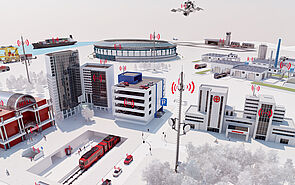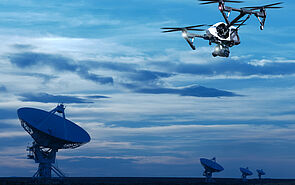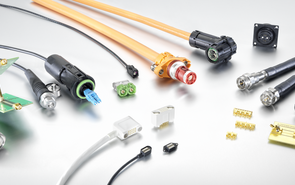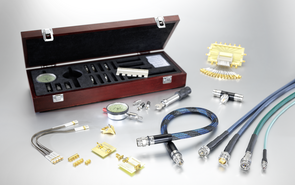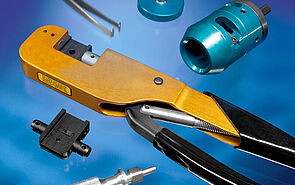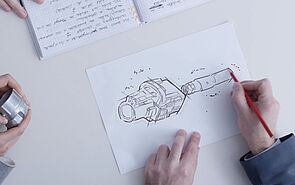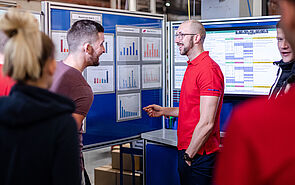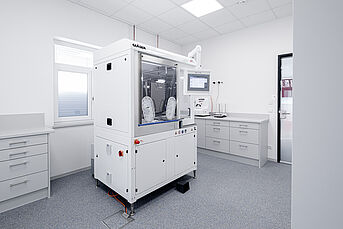In Accordance with Guidelines for Technical Cleanliness VDA 19.1 and ISO 16232
Technical cleanliness is defined by the amount of dirt on the surface of a component. To determine this, the residual dirt weight and the number, size and composition of the dirt particles are analyzed.

